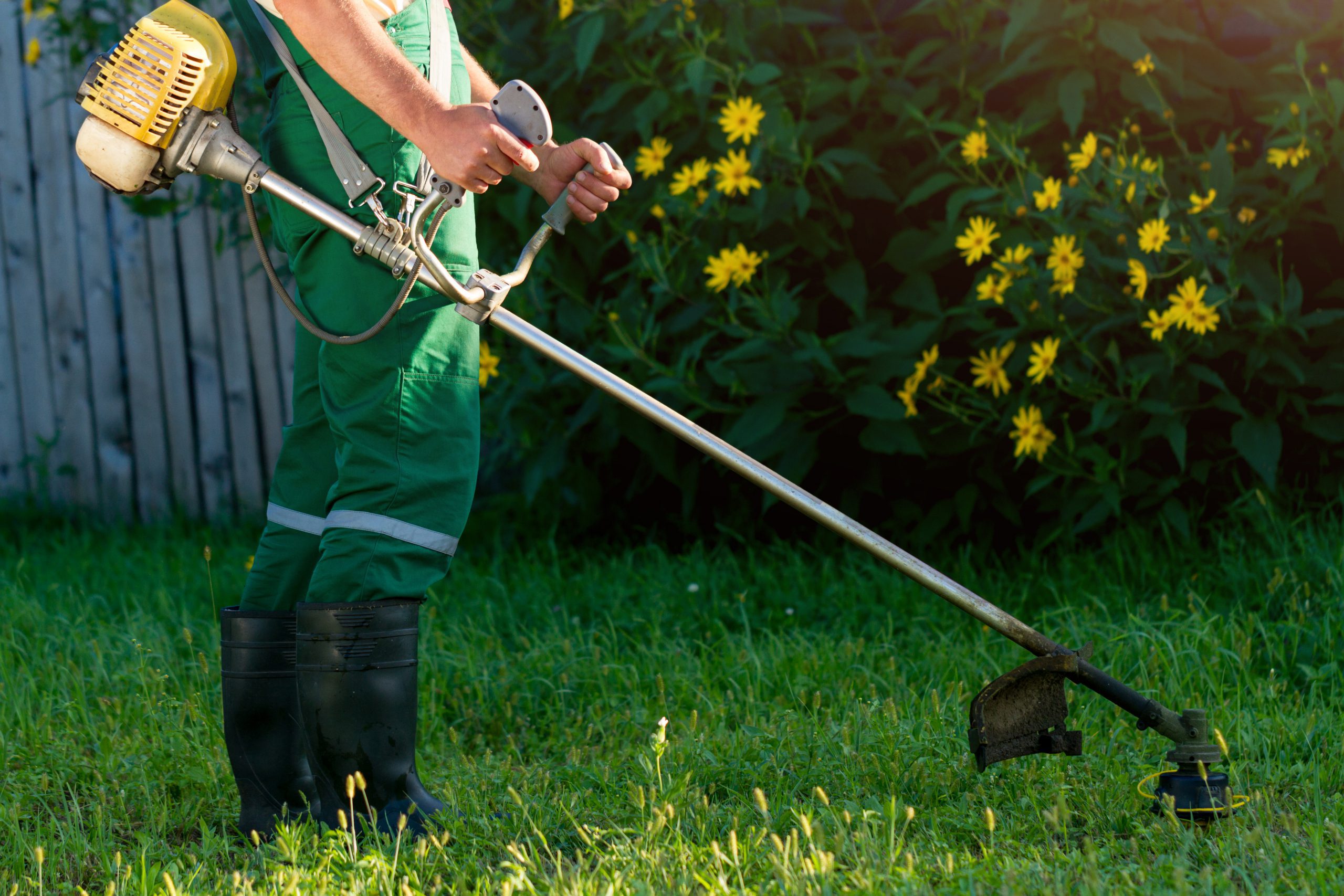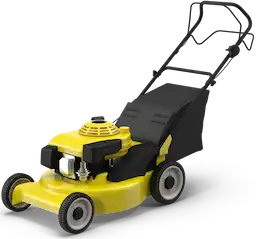Using salt to kill weeds is a natural and cost-effective alternative to chemical herbicides. Salt dehydrates plants by drawing moisture from their cells, making it an effective weed killer when applied correctly. However, improper use can damage surrounding grass and soil health. By using the right concentration and application methods, such as spot-treating weeds with a diluted salt solution, you can target unwanted plants while minimizing harm to your lawn. This method is ideal for those seeking an eco-friendly way to control weeds while preserving the health of their grass and soil for long-term lawn care.
Salt for Weed Control
Salt is an effective natural herbicide that works by dehydrating plants, making it a powerful and environmentally friendly tool for weed control. Acting as a desiccant, salt draws moisture from plant cells, disrupting their ability to absorb water and nutrients. This process eventually kills the weed by causing them to dry out and wither. However, while salt is highly effective, misuse can harm desirable plants and soil health.
Excessive salt in the soil can lead to long-term damage, preventing grass and other vegetation from growing properly. Because salt does not discriminate between weeds and beneficial plants, precision is crucial. Spot application using a diluted salt solution can help target weeds while minimizing damage to surrounding grass. Applying salt only to unwanted plants and avoiding excessive use ensures that the surrounding soil remains fertile and healthy. Overuse can lead to soil salinity issues, making it difficult for anything to grow in treated areas.
Easily hire the best lawn & landscape pros working in your neighborhood.
How to Use Salt to Kill Weeds Without Damaging Grass
The Right Saltwater Mixture
To effectively kill weeds without harming surrounding grass, homeowners should mix 1 gallon of water with 2 cups of salt and 1 tablespoon of dish soap. The dish soap helps the solution adhere to weed leaves for better absorption. Apply this mixture directly to the weeds, avoiding nearby grass to prevent damage. Using too much salt can increase soil salinity, making it difficult for plants to grow. For best results, apply sparingly and only as needed to maintain soil health.
Proper Application Techniques
For best results when using salt to kill weeds, apply the solution directly to the leaves and stems of visible weeds, being careful to avoid the surrounding grass. Spot treatment is key to preventing damage to desirable plants. Use a spray bottle or brush to precisely target weeds, ensuring minimal contact with the soil. Apply on dry, sunny days to maximize effectiveness, as the sun helps accelerate the drying process. Avoid over-saturating weeds, as excess salt can seep into the soil and affect nearby grass. Be mindful of runoff, especially on sloped areas, to prevent salt from spreading to healthy areas of your lawn.
Which Type of Salt Is Best for Killing Weeds?
When using salt to kill weeds, choosing the right type is essential for effectiveness and maintaining soil health. Plan, non-iodized table salt (sodium chloride) is the best option because it dissolves easily and contains no harmful additives. It effectively dehydrates weeds while allowing for controlled application. Rock salt, often used for de-icing roads, is a stronger alternative, but it typically contains added chemicals that may harm soil and nearby plants.
Additionally, its larger crystals take longer to dissolve, making precise application difficult. Epsom salt (magnesium sulfate) also does not work the same way as sodium chloride. Instead, it can actually promote plant growth due to its magnesium content. To avoid unintended damage, homeowners should stick to non-iodized table salt for weed control and avoid rock salt or epsom salt. Using the right salt ensures safer, more effective weed management without harming the surrounding environment.
How Long Does It Take for Salt to Kill Grass and Weeds?
Salt typically begins to wilt grass and weeds within 1-2 days as it dehydrates plant cells and disrupts water absorption. Full die-off usually occurs within 5-10 days, depending on the plant’s size, weather conditions, and the concentration of salt used. Dry, sunny conditions speed up the process, while cooler, damp weather may slow it down.
However, salt doesn’t just affect the surface plants, it remains in the soil and can continue impacting nearby roots. This is why careful application is essential to prevent unintended damage to surrounding plants. Overuse can lead to long-term salinity issues, making it difficult for anything to grow in the treated areas. To minimize potential harm, use salt sparingly and only on targeted weeds.
Easily hire the best lawn & landscape pros working in your neighborhood.
Safe Salt Application vs. Long-Term Soil Damage
Why Salt Can Harm Grass Over Time
Salt can harm grass over time because it accumulates in the soil, disrupting the natural balance of nutrients and water absorption. As salt builds up, it prevents plant roots from effectively taking in water, leading to dehydration and eventual die-off. This can result in long-term soil salinity issues. Proper application is essential to avoid unintended lawn damage.
Tips to Prevent Salt Buildup in Soil
To prevent salt buildup, flush treated ares with water after weeds have died to help dilute excess salt. Avoid repeatedly applying salt in the same spots, as accumulation can increase the soil salinity and destroy soil structure. Instead, use salt sparingly and only when necessary. Limit applications to areas where plant growth isn’t needed, such as cracks in sidewalks, driveways, and gravel paths. By using salt carefully and in moderation, you can control weeds by preserving soil health for future plant growth.
Natural Weed Killers That Don’t Kill Grass
For homeowners seeking natural weed killers that won’t harm grass, several alternatives exist. Vinegar is an effective option for spot-treating weeds, as its acetic acid breaks down plant cells. However, it’s non-selective and should be applied carefully to avoid damaging grass. Boiling water is another quick method for killing weeds in cracks or pathways, though it’s best for targeted use. For pre-emergent control, corn gluten meal prevents weed seeds from germinating while also adding nutrients to the soil, making it a safe choice for lawns.
Mulching is another excellent preventative method, as it blocks sunlight from reaching weed seeds, preventing them from sprouting. Regardless of the method used, precision is key to ensuring the surrounding grass remains healthy while weeds die-off. By using these natural solutions carefully, homeowners can effectively control weeds without relying on harsh chemicals that may harm their lawns and prep their lawns for spring growth without weeds.
Leave the Weed Killing to the Pros – Try LawnGuru Today
For a hassle-free, eco-conscious approach to weed control and lawn care, trying LawnGuru. Unlike traditional lawn services that require estimates and long wait times, LawnGuru offers same-day booking, upfront pricing, and a seamless app-based experience!
Whether you’re battling weeds or just want a healthier lawn, LawnGuru’s professionals use safe, effective methods to keep your yard looking great without the trial and error of DIY solutions. Take the stress out of lawn care and let the experts handle it. Download the LawnGuru app today and enjoy a greener, weed-free lawn with ease!





